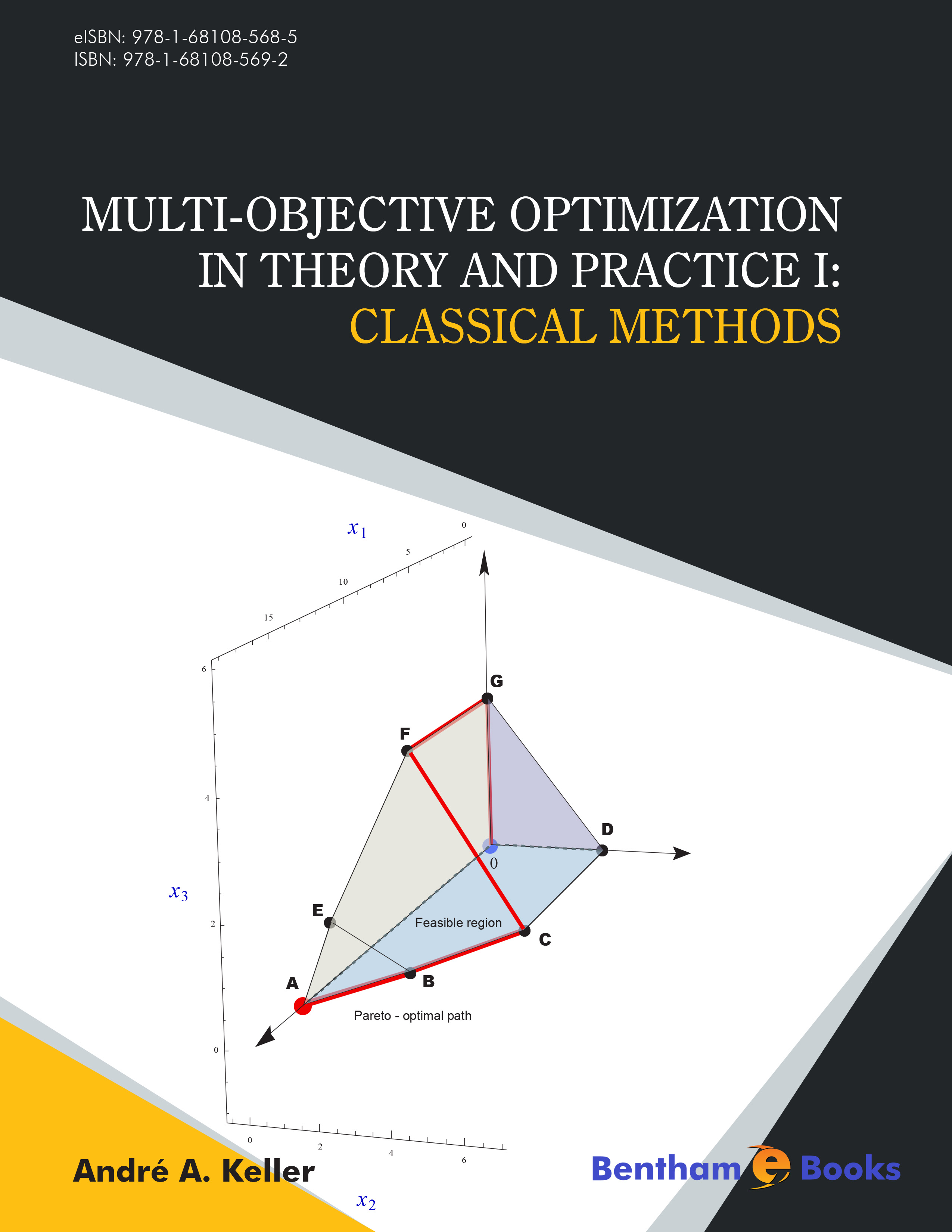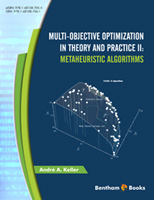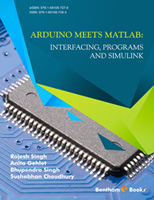Introduction
Multi-Objective Optimization in Theory and Practice is a traditional two-part approach to solving multi-objective optimization (MOO) problems namely the use of classical methods and evolutionary algorithms.
This first book is devoted to classical methods including the extended simplex method by Zeleny and preference-based techniques. This part covers three main topics through nine chapters. The first topic focuses on the design of such MOO problems, their complexities including nonlinearities and uncertainties, and optimality theory. The second topic introduces the founding solving methods including the extended simplex method to linear MOO problems and weighting objective methods. The third topic deals with particular structures of MOO problems, such as mixed-integer programming, hierarchical programming, fuzzy logic programming, and bimatrix games.
Multi-Objective Optimization in Theory and Practice is a user-friendly book with detailed, illustrated calculations, examples, test functions, and small-size applications in Mathematica® (among other mathematical packages) and from scholarly literature. It is an essential handbook for students and teachers involved in advanced optimization courses in engineering, information science, and mathematics degree programs.





